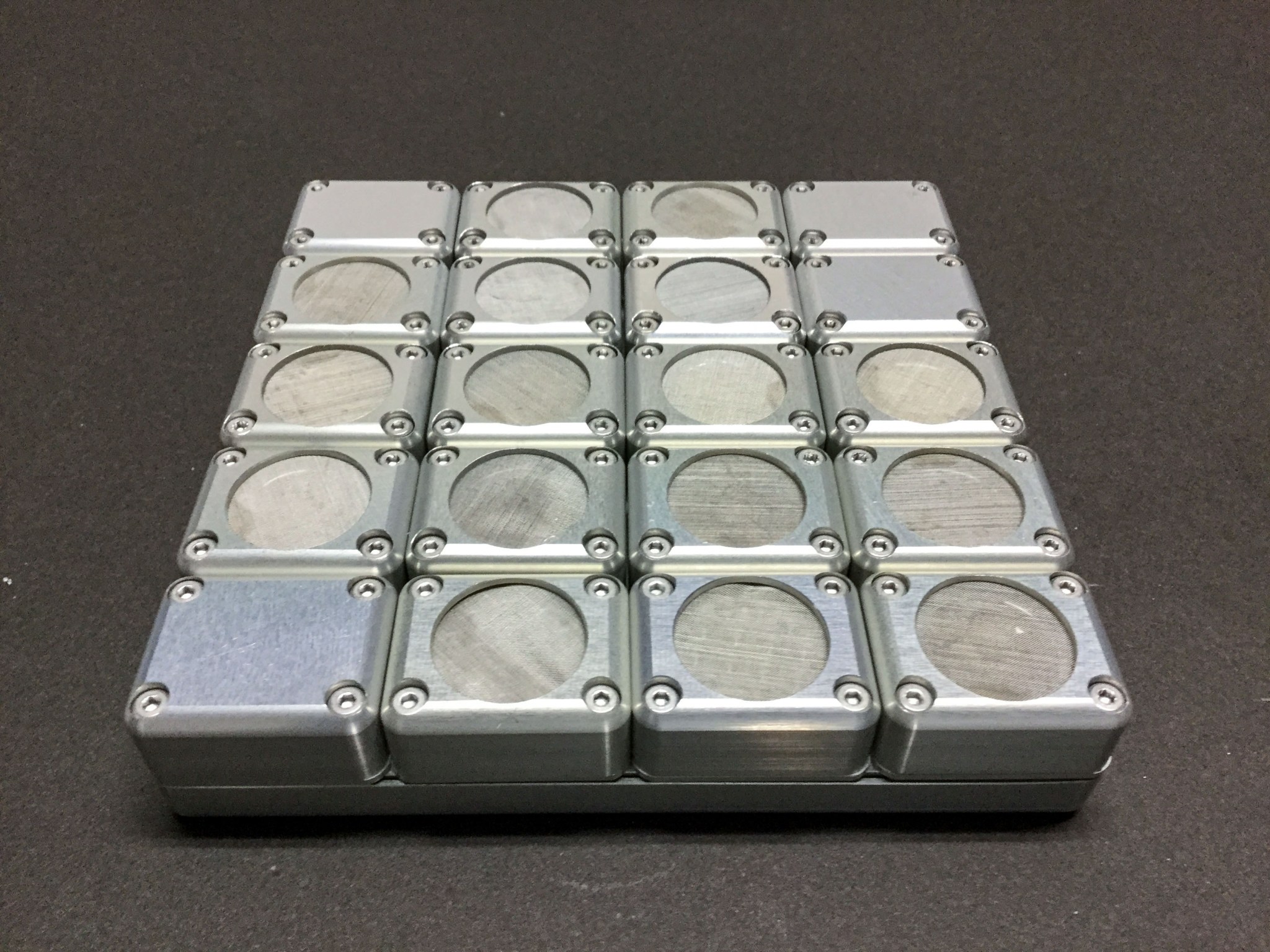Station Science Top News: Nov. 15, 2024
Anthocyanins protect seeds in space After exposure to space outside the International Space Station, purple-pigmented rice seeds rich in anthocyanin had higher germination rates than non-pigmented white rice seeds. This result suggests that anthocyanin, a flavonoid known to protect plants from UV irradiation, could help preserve seed viability on future space missions. Plants are key […]

Anthocyanins protect seeds in space
After exposure to space outside the International Space Station, purple-pigmented rice seeds rich in anthocyanin had higher germination rates than non-pigmented white rice seeds. This result suggests that anthocyanin, a flavonoid known to protect plants from UV irradiation, could help preserve seed viability on future space missions.
Plants are key components for systems being designed to produce nutrients and recycle carbon for future sustained space habitation, but space has been shown to reduce seed viability. Tanpopo-3, part of a series of investigations from JAXA (Japan Aerospace Exploration Agency), examined the role of anthocyanins in maintaining seed viability. Results of this and previous experiments suggest that solar light in space is more detrimental to seeds than radiation.
Low-cost, autonomous technology validated for space research
Researchers verified a pair of devices for conducting experiments in space that have multi-step reactions and require automatic mixing of solutions. This type of low-cost, autonomous technology expands the possibilities for space-based research, including work by commercial entities.
Ice Cubes #6- Kirara, an investigation from ESA (European Space Agency) developed by the Japan Manned Space Systems Corporation, used a temperature-controlled incubator to crystallize proteins in microgravity. The Kirara facility also enables production of polymers, including cellulose, which have different uses than protein crystals. This experiment synthesized and decomposed cellulose.
Insights from observations of an X-ray binary star
Researchers used Neutron star Interior Composition Explorer (NICER) to observe the timing of 15 X-ray bursts from 4U 1820–30, an ultracompact X-ray binary (UCXB) star. An X-ray binary is a neutron star orbiting a companion from which it takes matter. If confirmed with future observations, this result makes 4U 1820–30 the fastest-spinning neutron star known in an X-ray binary system and provides insights into the physics of neutron stars.
NICER makes high-precision measurements of neutron stars (the ultra-dense matter created when massive stars explode as supernovas) and other phenomena to increase our understanding of the universe. NICER has monitored 4U 1820–30 since its launch in June 2017. A short orbital period indicates a relatively small binary system, and 4U 1820–30 has the shortest known orbital period among low-mass X-ray binaries.
What's Your Reaction?



















.jpg?#)



































